How does a spacecraft take photos?
by Scott Dutfield · 20/03/2020
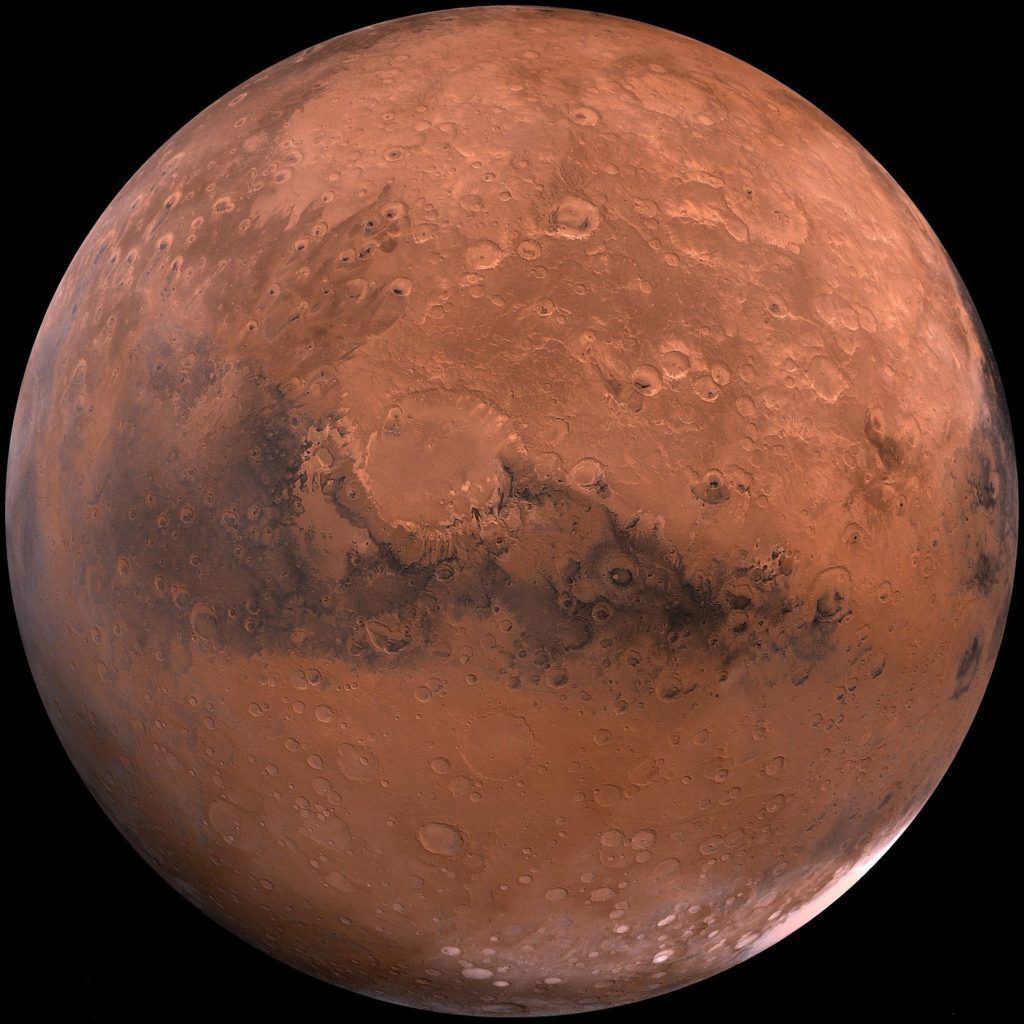
Getting an image back to Earth from a probe can be complicated but it’s worth it in the end
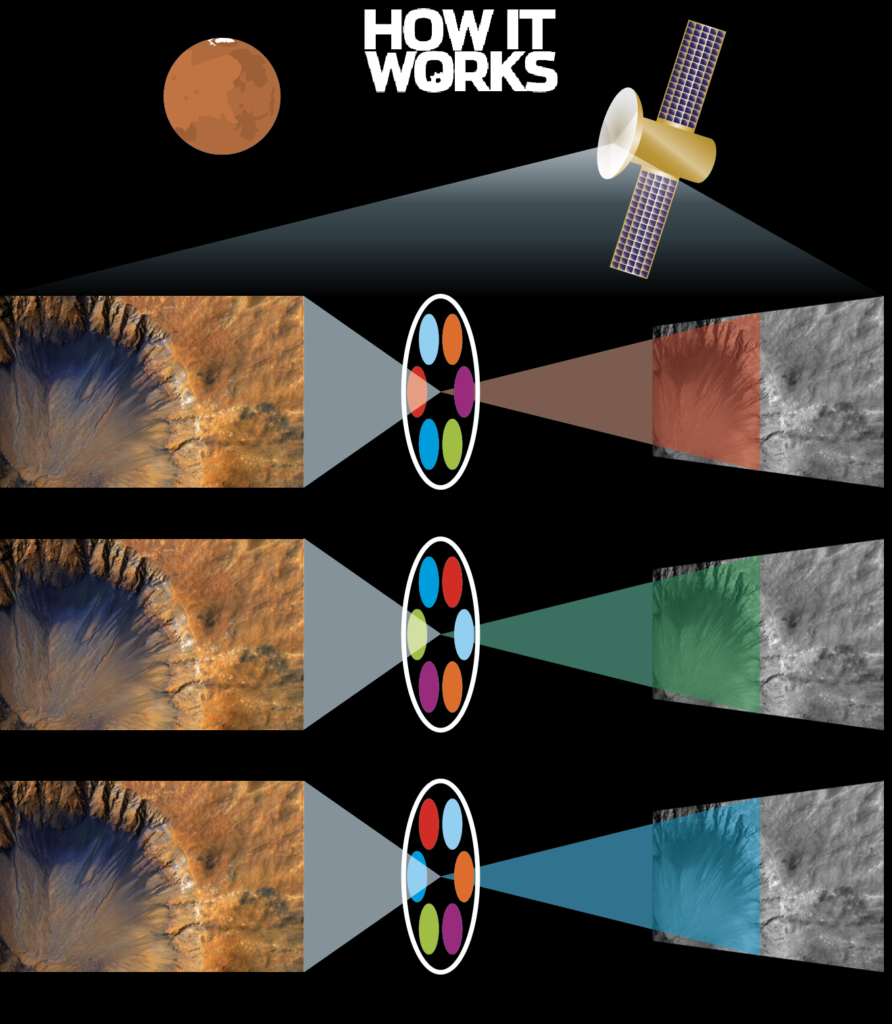
1.Using filters
First, the spacecraft will snap its visible image – such as Mars or Saturn – using a camera with three filters. These are red, green and blue. They’ll later be recombined to make the full image.
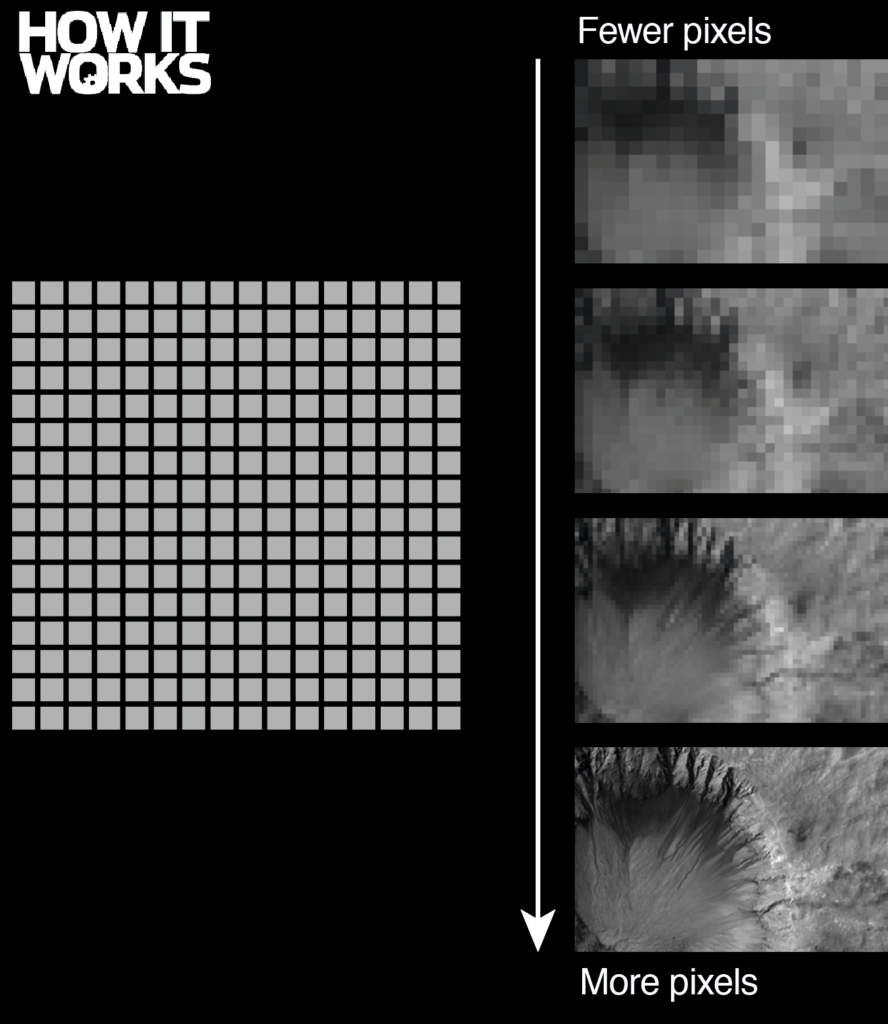
2.CCDs and pixels
Each filter stores the image as pixels on a charge-coupled device (CCD). This circuit converts the pixels of each image into data. The more pixels a camera has, the more detailed the image.
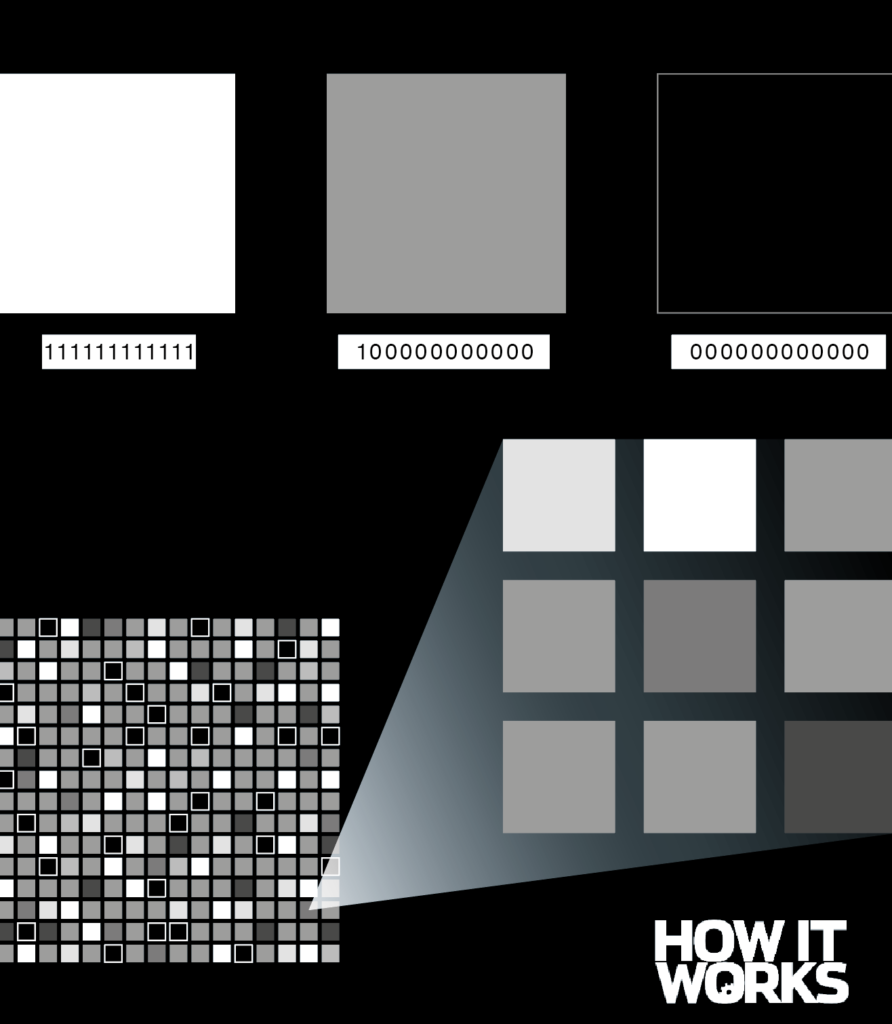
3.Storing the image
The data on each pixel is then stored as a 12-digit binary number on the spacecraft’s computer. Using these numbers, a computer on Earth can then piece together what the original image looked like.
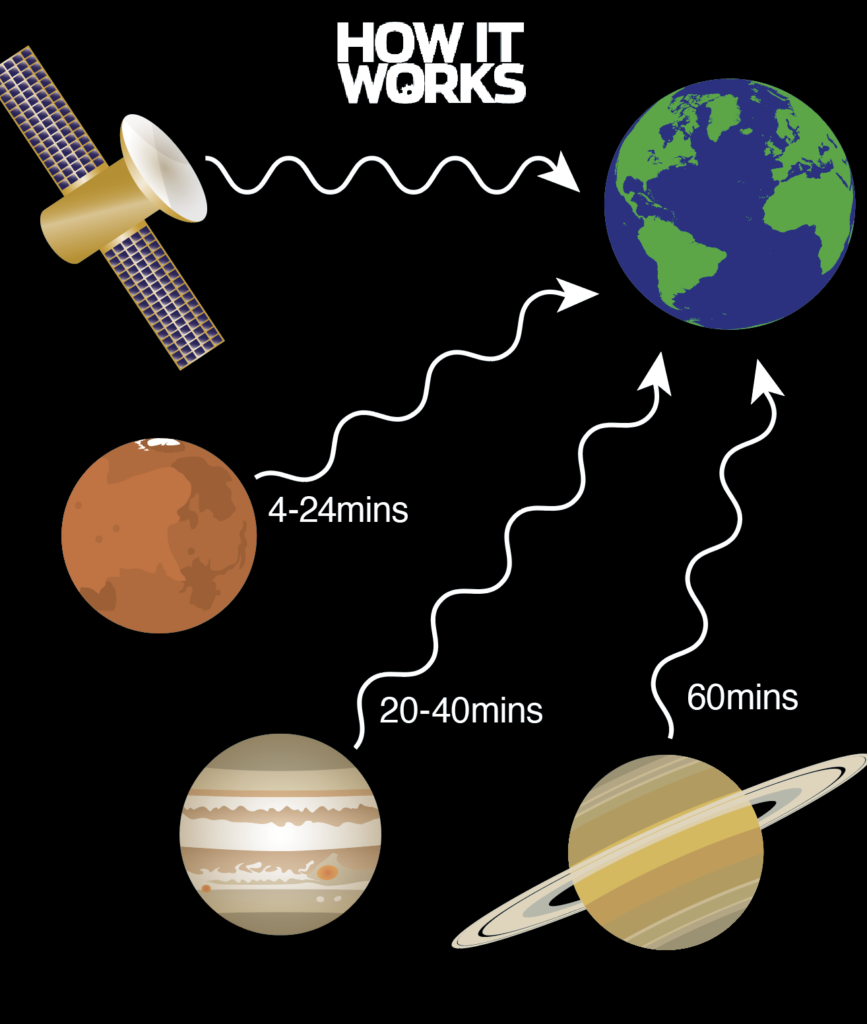
4.Transmitting the data
The spacecraft will then send its data back to Earth in the form of radio waves. The time this will take will vary on the distance. From Saturn, for example, it can take an hour to send data back to Earth
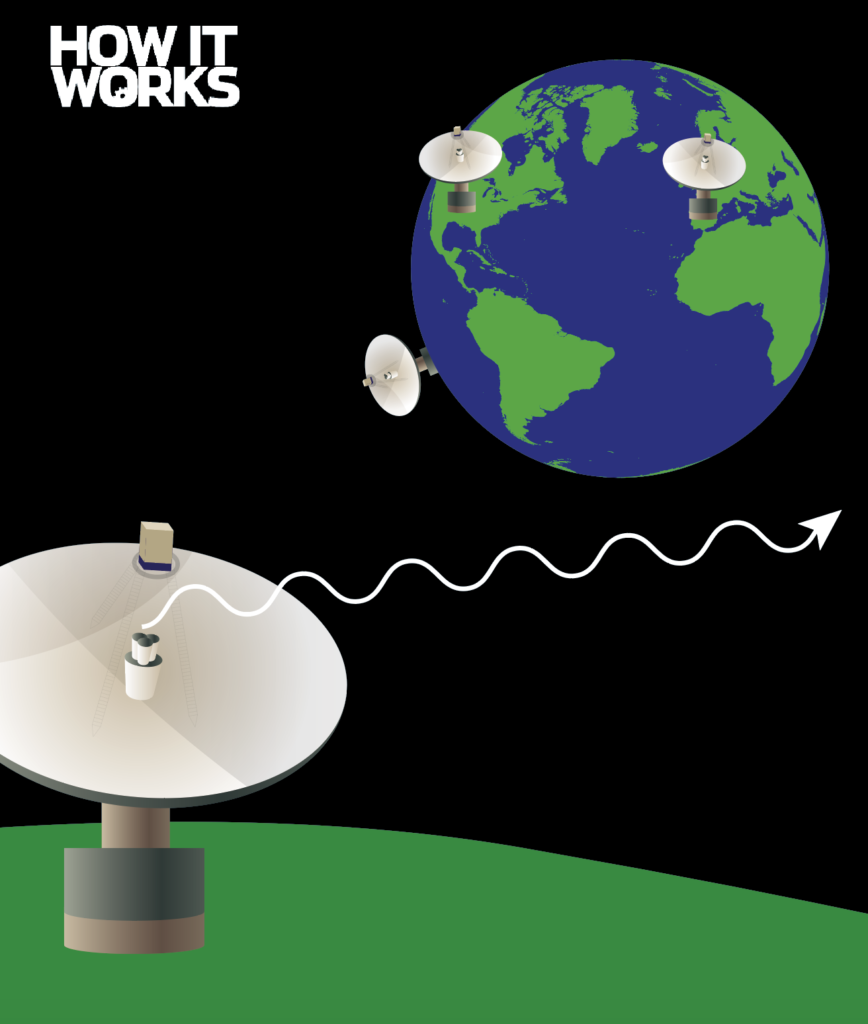
5.Receiving the data
Back on Earth, NASA has three big dishes in the US, Spain and Australia that it uses to collect the data. This is then relayed to other locations so that the image can be stitched together.
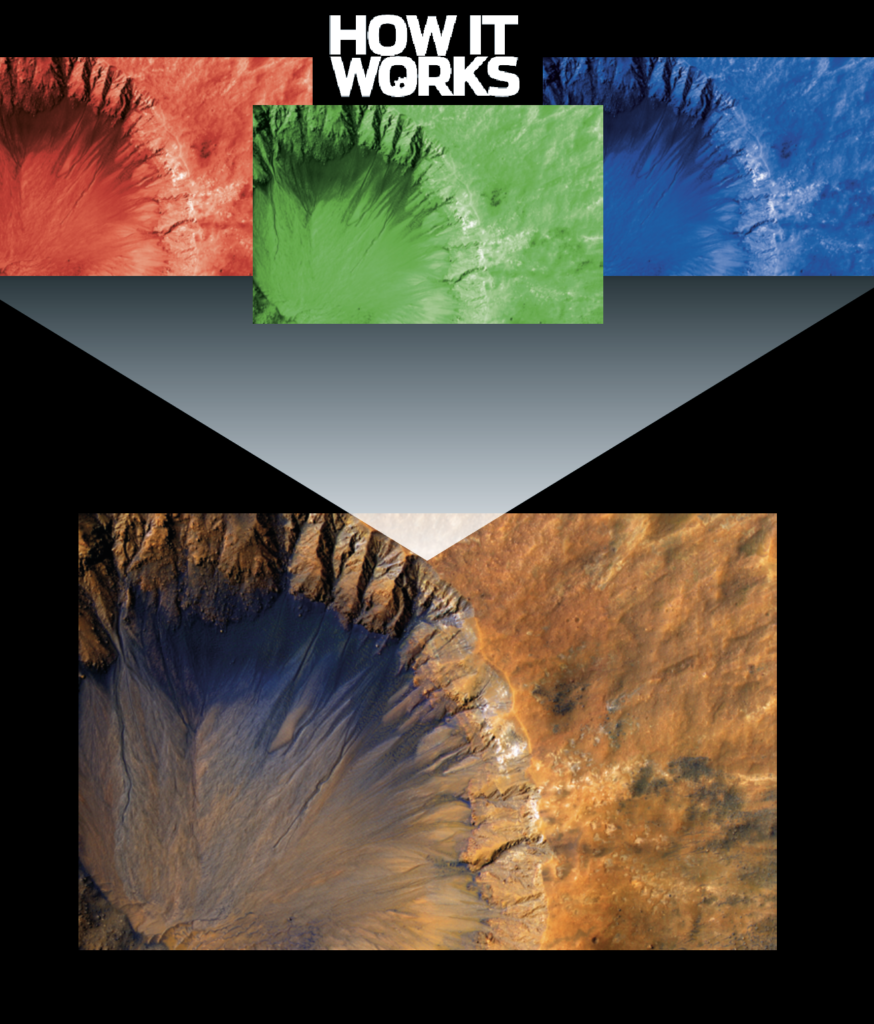
6.Recreating the image
The data is then laid out in the order it was recorded. By combining the pixels from the red, green and blue filters, the original image can now be recreated, giving us a fantastic view of another world.
© llustrations by Jo Smolaga; NASA
This article was originally published in How It Works issue 103
For more science and technology articles, pick up the latest copy of How It Works from all good retailers or from our website now. If you have a tablet or smartphone, you can also download the digital version onto your iOS or Android device. To make sure you never miss an issue of How It Works magazine, subscribe today!å




